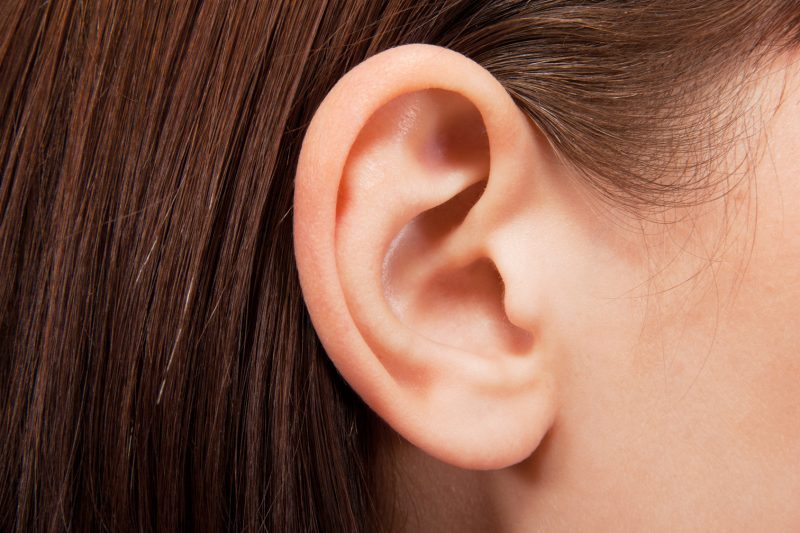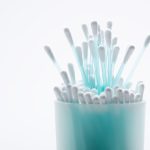A neurotologist at Mass. Eye and Ear offers tips on how to safely listen to music and limit hearing damage.
Many of the sounds we hear every day, like the hum of an air conditioner or face-to-face conversation, have little impact on our hearing health. One daily activity, though, can: listening to music.
Whether it’s through headphones on your morning commute or through speakers at a weekend concert, frequent exposure to loud sounds can damage the delicate structures inside the ear and can lead to noise-induced hearing loss.
Noise-induced hearing loss can occur from a one-time exposure to an intense sound, like being near an explosion, or from long-term exposure to loud noises, like working on a construction site.
And the prevalence of hearing loss among American adolescents is on the rise – a 2010 study published in JAMA found that, when comparing data from 1988-1994 to 2005-2006, there was a 31 percent increase in hearing loss among participants 12-19 years old.
Although the researchers didn’t identify why teen hearing loss is on the rise, Dr. David Jung, a neurotologist at Mass. Eye and Ear, wonders if the increased use of headphones and earphones may have played a part.
“Part of the danger of using any type of personal amplification system is that you don’t know how much sound you’re putting in your ear,” said Dr. Jung.

A Complex, Delicate Process
Hearing is a complex and delicate process. Sound waves enter the ear through the ear canal, causing the eardrum to vibrate. The vibrations are sent to three minuscule bones – the smallest in the human body – that move the vibrations along to the cochlea. There, the fluid in the cochlea ripples, stimulating the sensory hair cells within the cochlea. The movement of the hair cells creates neural signals, which the auditory nerve sends to the brain. There, the signals are processed and interpreted as sound.
When those hair cells are hit with intense vibrations from loud sounds, their delicately tuned sensory machinery can be damaged. Unlike in some animal species, human hair cells can’t regenerate, so any inner ear damage in humans is permanent.
“The trouble comes when the delicate sensory cells become damaged,” Dr. Jung says, “Right now, we have no good way of making new hair cells once they’re broken or dead.”
Prevention is the “Name of the Game”
Although recent studies indicate that hair cell restoration may be possible one day, the cure for noise-induced hearing loss won’t be readily available anytime soon.
“Because damage is not fixable at the moment,” says Dr. Jung, “Prevention is really the name of the game here.”
So what does prevention look like? For one, it means turning down the volume – regardless of whether you’re listening to music through over-the-ear headphones or in-ear earbuds. Claiming that one is better for your ear health than the other, Dr. Jung says, is misleading.
“What it really comes down to is the overall level of noise exposure. The style of headphone matters less than how loud the sound is overall. That’s going to be the big determinant of how much damage you’re experiencing.”
According to the National Institutes of Health, exposure to sounds above 85 decibels can lead to hearing loss. An MP3 player, like a smartphone or an iPod, can produce sounds that measure over 100 decibels. However, there’s no way to accurately measure how many decibels your ears are being directly exposed to.
Dr. Jung’s advises his patients, if they do use headphones or earbuds, to be able to hear ambient sound: “If they’re using headphones at the gym and they can’t hear the treadmill next to them . . . then it’s probably too loud.”
If you plan on listening to music through speakers, he suggests using a smartphone app to measure how many decibels of sound you’re exposed to.
“It’s not going to be a perfect reading,” Dr. Jung says, “but if it reaches 90 decibels, it’s probably too loud. Turn it down to a safer level you can still enjoy.”



